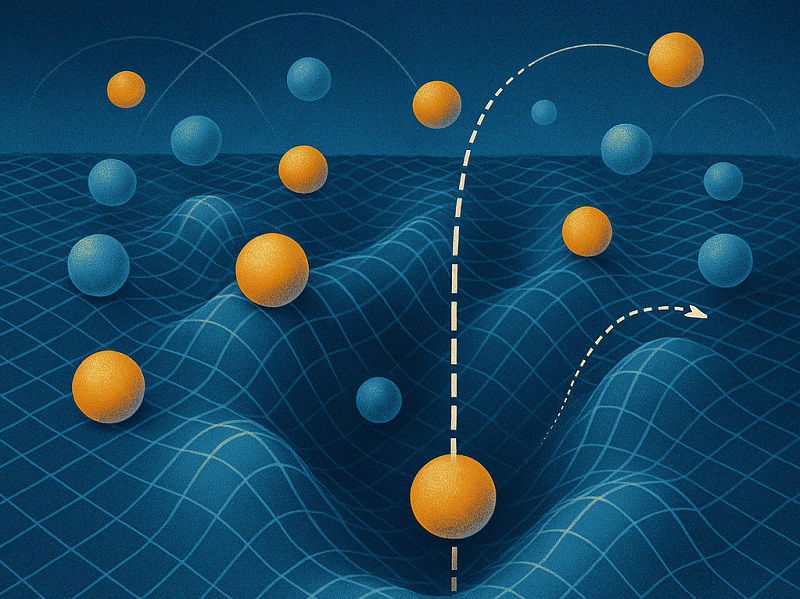Knowridge
1M
85

Image Credit: Knowridge
New study reveals atoms don’t just move—they remember
- Understanding how atoms move across metal surfaces is crucial for improving energy storage and generation technologies.
- Simulating atomic motion accurately is challenging, especially in the presence of quantum physics.
- Electrons respond almost instantly to the motion of atomic nuclei due to their lightweight, but the 'adiabatic approximation' shortcut may not always work.
- A new study by scientists George Trenins and Mariana Rossi combined electronic friction with quantum behaviors of atomic nuclei using the path-integral formulation, shedding light on energy exchange at metal surfaces and advancing materials for various technologies.
Read Full Article
5 Likes
For uninterrupted reading, download the app